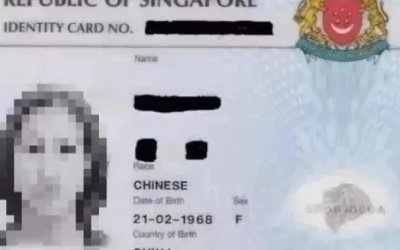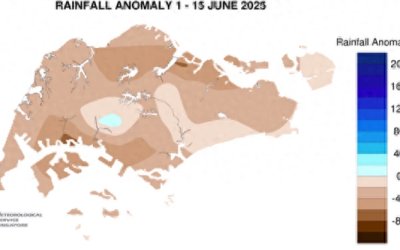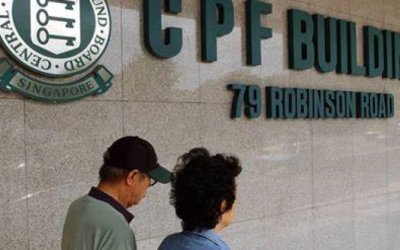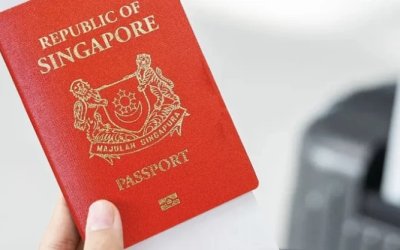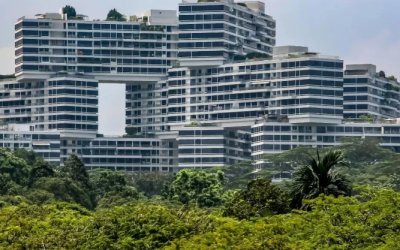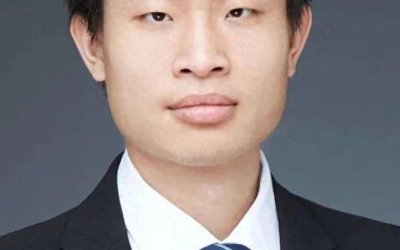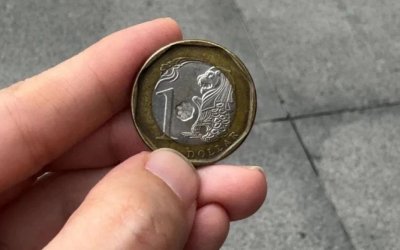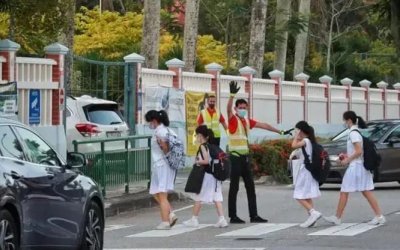MOH's budget is tax funded. It is channeled to fund many aspects of the healthcare system: build new healthcare infrastructure, operate hospitals, polyclinics and nursing homes, procure medicines and equipment, developing new IT systems, hiring doctors, nurses and all our medical personnel. MOH's budget is tax funded and constitutes healthcare subsidies, which have been rising significantly over the years.
Then, the second M – MediShield Life – will also need to work harder. To this end, we will be conducting a comprehensive review of MediShield Life. MediShield Life, as I mentioned, is a national health insurance scheme. It covers everyone for life, even those with pre-existing illnesses. It is specifically designed for the great majority of subsidised patients who are encountering a major health episode.
The last sentence needs some deciphering. It contains a couple of important phrases, which I will explain. I said it covers great majority of subsidised patients, because most Singaporeans seek subsidised care and the "great majority of them" need financial assistance to foot their healthcare bills.
Hence, for a C Class Ward patient, he will find that after subsidy, MediShield Life claims should substantially pay for the rest of his hospital bill. For a patient that goes to a private hospital, he will find that MediShield Life covers only a modest part of his hospital bill. That is how MediShield Life is focused on the subsidised patients, especially those that uses C Class wards.
Then "a major health episode", because this upholds the spirit of insurance, which is to protect us against rare occasions when we incur a big hospital bill because we fall seriously ill.
With that context, let me report the state of MediShield Life today. It was designed such that nine out of 10 subsidised bills are adequately covered. Nine out of 10. What remains are relatively small and expected co-payments, which can be paid from MediSave. However, this nine in 10 benchmark is being eroded, because the size of hospital bills is getting even bigger. Bill sizes have grown by 5% annually in public hospitals and by 7% annually in private hospitals over the last few years.
As a result, the proportion of subsidised bills adequately covered by MediShield Life has come down to around eight out of 10, and is expected to slip further.
What is the practical impact? Subsidised patients are seeing hospital bills that are unexpectedly large. And after subsidy and MediShield Life, there is still a substantial out-of-pocket component left. This is when higher healthcare costs really start to bite.
MOH has, therefore, tasked our MediShield Life Council – which is from various stakeholders led by a private sector person – to comprehensively review the scheme, but we have given the Council some direction.
First, enhance MediShield Life to give Singaporeans greater assurance against large bills. This means increasing how much a patient can claim from MediShield Life – this is what we call claim limits – for both surgeries and hospital stays.
We envisage a fairly significant increase in the claim limits. For example, for an episode involving angioplasty where a stent is placed into your heart to open up a blocked artery, plus, say, a few nights in ICU, the claim limits may need to double, times two. This will reduce out-of-pocket costs significantly.
Second, enhance other outpatient coverage. We also need to raise the claim limits for treatments, such as kidney dialysis, to reduce out of pocket expenses for patients. The Council will also explore extending coverage to more types of outpatient care.
Some of the most costly outpatient treatments are for cancer. Ms Sylvia Lim asked if we could improve financial literacy for patients to better plan against such a disease. There are resources available online and we will raise the public's awareness to them. But I think the issue goes beyond financial literacy. It is actually more serious than that. We are facing an especially difficult challenge for cancer, as treatment costs were rising uncontrollably. So, I am not surprised at the survey results that you cited at all.
Hence, we recently reviewed cancer drug financing and introduced changes that will allow us to negotiate for lower prices for cancer drugs. As a result, prices for approved cancer drugs have since dropped significantly, some by up to 60%. The impact is still playing out and we will continue to monitor the situation.
Third, the Council will consider expanding MediShield Life coverage to new groundbreaking treatments, specifically Cell, Tissue and Gene Therapy Products (CTGTPs).
Medical science is advancing rapidly, and CTGTPs have the potential to revolutionise healthcare and deliver effective treatment of previously incurable diseases. Some describe these as the equivalent of a moonshot for healthcare.
Essentially, the treatment involved is, we extract blood from a patient, then with the blood, you teach and equip the cells in the blood to target and kill, say, cancer cells, then you put the cells back into the patient's body to do its work. It is a one-time treatment.
However, while the technology is promising and advancing fast, it is nascent and very expensive. It could cost anything from a few hundred thousand dollars to a few million dollars, per treatment.
We want to start including CTGTPs under MediShield Life. But, we need to put in place safeguards to ensure that financing of CTGTPs is sustainable. For instance, we will need to extend MediShield Life coverage only to treatments that are assessed to be safe, clinically effective and cost effective. In other words, if a treatment costs a few million dollars with a small hope of curing a small group of people, it is not cost effective. This is a significant step to help all Singaporean patients, regardless of their income levels, have access to cost effective, novel, state-of-the-art therapies.
These proposed changes will better protect subsidised patients against major health episodes. MediShield Life premiums, however, will inevitably go up.
The last time we reviewed the scheme, premiums went up by 25% on average. But, rest assured that we will do the necessary to ensure that, as far as possible, premiums can be paid fully by MediSave.
For example, we will consider enhancing premium subsidies, or have MediSave top-ups for specific groups. We may have to use more MediSave for small hospital bills, so that MediShield Life can better focus on big hospital bills, and in that way, we moderate premium increases. No one will lose MediShield Life coverage due to a genuine inability to afford the premiums. We will share more details when the Council completes its review in the second half of this year.
新加坡国会丨来源
新加坡国会丨图源
